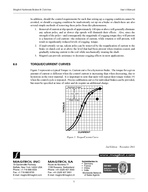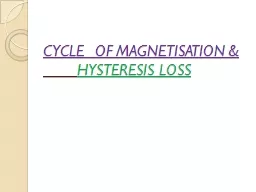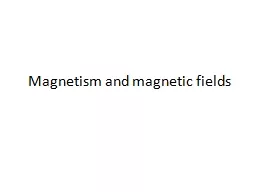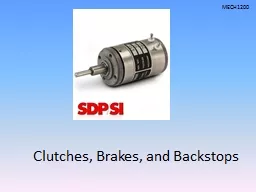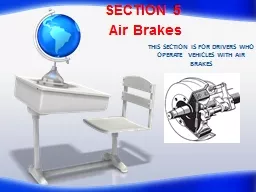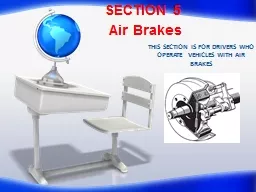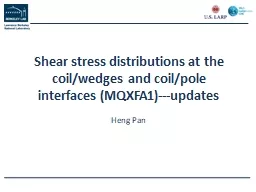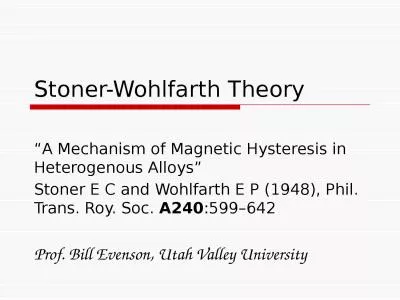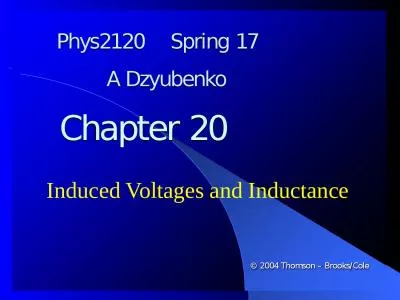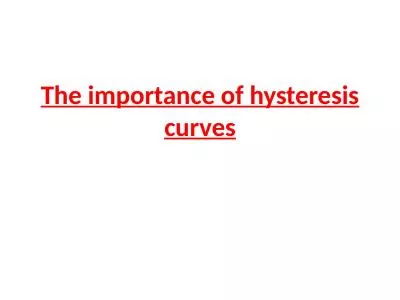PDF-Magtrol Hysteresis Brakes Clutches Users Manual As current is applied to the coil a magnetic
Author : tatiana-dople | Published Date : 2015-01-15
The rotor located within the air gap becomes magnetized Due to its speci64257c hysteresis properties the rotor resists movement creating a braking torque or clutch
Presentation Embed Code
Download Presentation
Download Presentation The PPT/PDF document "Magtrol Hysteresis Brakes Clutches User..." is the property of its rightful owner. Permission is granted to download and print the materials on this website for personal, non-commercial use only, and to display it on your personal computer provided you do not modify the materials and that you retain all copyright notices contained in the materials. By downloading content from our website, you accept the terms of this agreement.
Magtrol Hysteresis Brakes Clutches Users Manual As current is applied to the coil a magnetic: Transcript
Download Rules Of Document
"Magtrol Hysteresis Brakes Clutches Users Manual As current is applied to the coil a magnetic"The content belongs to its owner. You may download and print it for personal use, without modification, and keep all copyright notices. By downloading, you agree to these terms.
Related Documents

